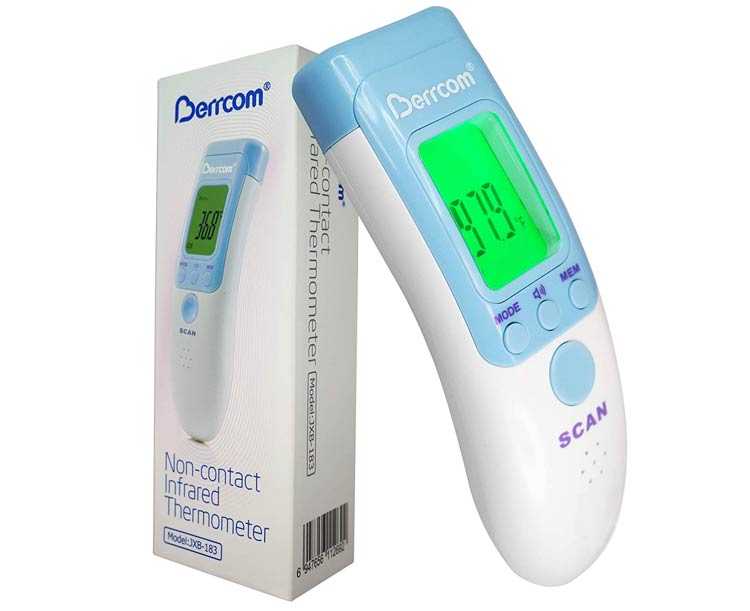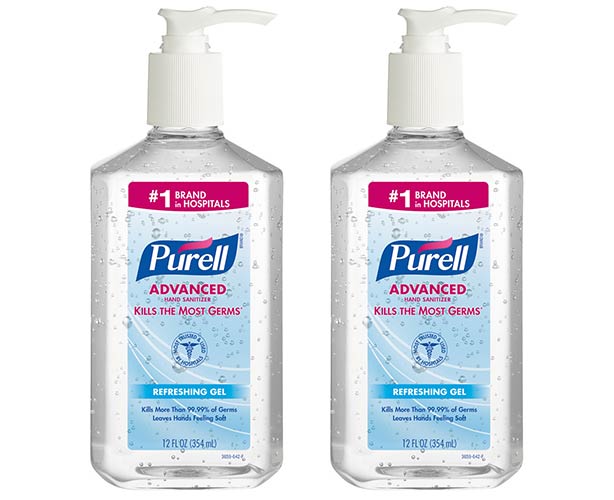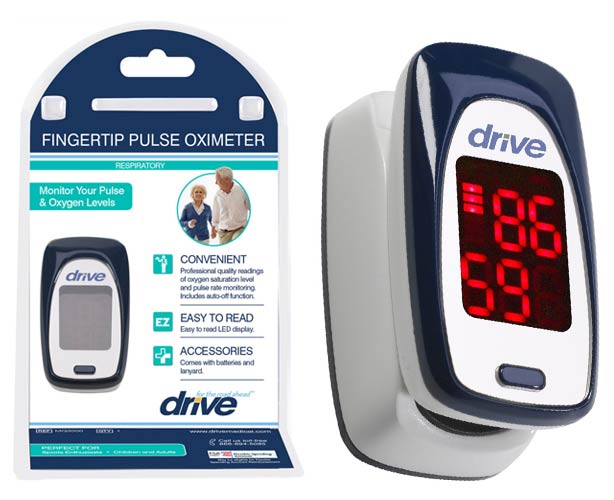
Please choose a body region on the right for you to pin point the problem area of your body.

Shop by Condition

Shop by Brand
Calibrating a thermometer is a crucial skill for anyone who relies on accurate temperature measurements, whether you're a home cook, a scientist, or someone in the healthcare industry. A properly calibrated thermometer ensures that you get reliable and consistent readings, which is essential for making safe and precise decisions. In this step-by-step guide, we will walk you through how to calibrate a thermometer, helping you achieve accuracy and confidence in your temperature measurements.
Before you begin, it's essential to gather all the necessary materials. You'll need the thermometer you want to calibrate, a container filled with ice water, and another container filled with boiling water. Additionally, have a screwdriver or an adjustable wrench on hand, as some thermometers may require adjustments to calibrate accurately.
The first step in calibrating a thermometer is to determine if it's reading accurately. To do this, insert the thermometer into the ice water without touching the sides or bottom of the container. Allow it to sit for a few minutes until the reading stabilizes. The thermometer should register a temperature of 32 degrees Fahrenheit (0 degrees Celsius) in the ice water. If it doesn't, take note of the difference between the reading and 32°F (0°C). This difference will be used to adjust the thermometer.
To correct any discrepancies, you'll need to make adjustments to your thermometer. Some thermometers have a calibration nut or screw that can be turned to modify the reading. Consult your thermometer's manual for specific instructions on how to make adjustments. Typically, turning the calibration screw counterclockwise will decrease the reading, while turning it clockwise will increase it. Make gradual adjustments until the thermometer reads 32°F (0°C) in the ice water.
After calibrating for the lower temperature range (freezing point), it's essential to check the upper temperature range as well. Boil a pot of water and insert the thermometer into the boiling water, ensuring it doesn't touch the sides or bottom of the container. The thermometer should read 212 degrees Fahrenheit (100 degrees Celsius) at sea level. If it doesn't, take note of the difference between the reading and 212°F (100°C).
Similar to the ice water calibration, you may need to make adjustments to achieve the correct reading in boiling water. Consult your thermometer's manual for guidance on how to adjust it for higher temperatures. As with the ice water test, make small adjustments until the thermometer reads 212°F (100°C) accurately in the boiling water.
Calibrating your thermometer is a straightforward yet essential process to ensure accurate temperature measurements. Regular calibration helps you maintain confidence in your thermometer's readings, whether you're cooking, conducting scientific experiments, or monitoring patient health. Remember to check and adjust your thermometer periodically, as it can drift over time. By following this step-by-step guide and performing both ice water and boiling water tests, you can be confident that your thermometer provides reliable and precise temperature readings. Knowing how to calibrate a thermometer is a valuable skill for anyone who relies on temperature measurements in their daily activities. By following these simple steps and regularly calibrating your thermometer, you can ensure accuracy and trust in your temperature readings.
| |
|---|
 Folliscent KN95 Masks - Protective Respirator |
 Berrcom JXB-183 Non-Contact Infrared Thermometer |
| |
|---|
 Purell Instant Hand Sanitizer, 12 oz Pump Bottles |
 PDI Sani-Cloth Bleach Wipe |
 Drive Medical Pulse Oximeter - Fingertip |
| Stay Connected! | |
|
|
|
Related Articles
Get $10 off your next order when you sign up to receive our email newsletter.*
Simply enter your email address below!
*Minimum order value of $100. Valid email address to qualify.







